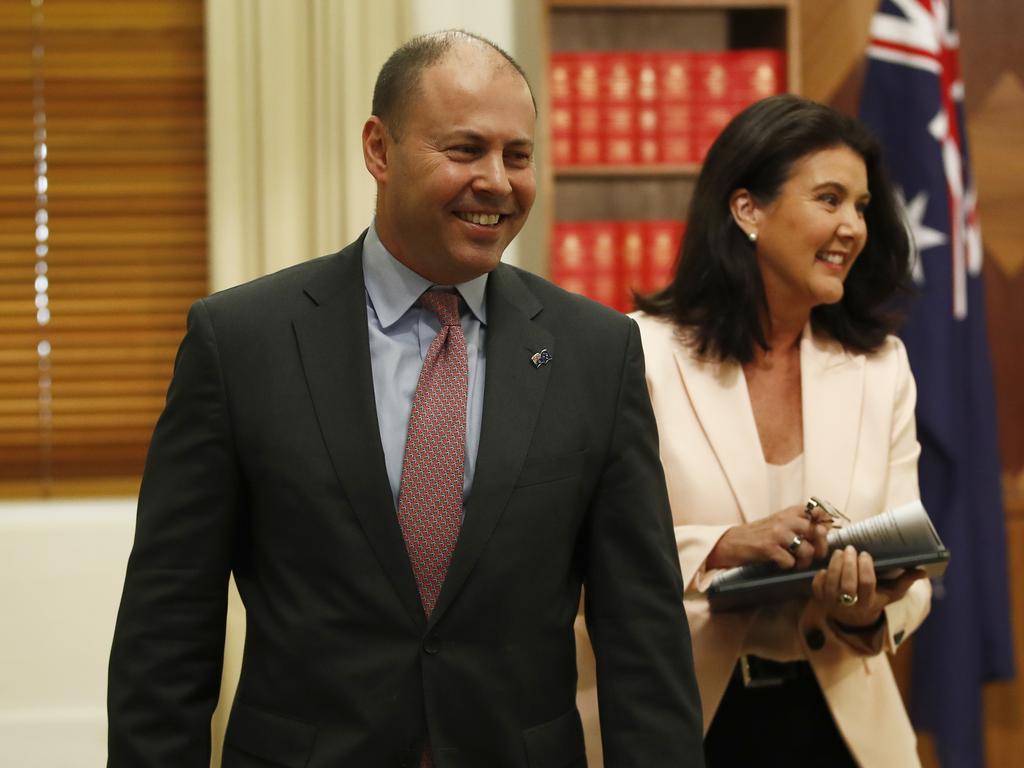
The shortcomings were underlined by the $35 billion exodus of superannuation funds when the government released the clamps.
The exception is self-managed funds where only token amounts were withdrawn. The Rice-Warner report into self-managed funds confirmed what everyone who runs a SMSF already knew --- in most instances self-managed funds are cheaper than public funds once invested amounts exceed $250,000.
The detailed Mike Callaghan report on the overall superannuation movement laid out the evidence for a different approach.
So I want to put forward two different but controversial strategies that will be vigorously opposed by my friends in the superannuation industry. While I respect their legitimate views, the Callaghan report shows different paths are required if superannuation is to meet the needs of Australians and not be a huge “money box”.
Callaghan shows that a majority of ordinary Australians have discovered that their best retirement asset is the ownership of a home, which greatly improves their retirement wellbeing.
What that means is that while we can have our debates in 2021 over whether we should increase the amount of money going into the superannuation “money boxes”, the real question is how we use this money to obtain the best retirement investment - a dwelling.
My first recommendation is therefore that an amount of money in superannuation (let’s leave the amount required until later) should be allocated to help buy a first home. The funds set aside can be an advanced allocation of future contributions. Those using the scheme should be allowed to sell their first house but they must buy a replacement house within a certain period of time, say, three months, or the money is returned to the superannuation fund. There will be a caveat on the property.
At the moment the Reserve Bank has an understandable agenda of reducing interest rates to virtually nil, but it is boosting house prices and blocking first-home buyers. Not surprisingly, younger people currently simply don’t value superannuation but if it was a step towards home ownership and a safer retirement then it would be a prized and valuable asset.
At the moment they are being tantalised with the choice of higher wages or higher superannuation contributions. Higher wages look far more attractive.
Our major funds are in the business of helping members’ long-term retirement and reducing the retirement burden on the community. And we now have clear evidence that if we don’t take action on dwellings we are heading towards a major retirement problem.
My second conclusion from the Callaghan report is equally controversial. The report indicates that many retirees simply don’t understand how to manage their “money box” and how to access value in their house.
Because of my age I understand the challenge extremely well because older people do not know how long they will live and what their future expenses will be.
Neither the superannuation industry nor the government is providing the right products to meet those needs.
It’s really hard for older public servants heading towards a lifetime-indexed pension to understand what it’s like when you retire with a pool of money.
If it’s a small amount then it’s simply an adjunct to your age pension. If the amount is larger it reduces the government pension. If you have larger amounts of money again then you are on your own and have to work out how long you are going to live.
Accordingly, as Callaghan reveals, you try to live on the your income and right now that’s a very difficult exercise because interest-bearing security incomes are at token levels. The only way to gain income is to take an equity risk.
What is needed is an annuity-style product that guarantees you the ability to buy a lifetime income, inflation adjusted. If you die inside two or three years then of course there is a substantial capital return but after a time the “annuity” becomes like an insurance policy and the private provider or the government wins from those dying early and pays out to those who live longer.
And given we are linking superannuation to first-home buyers, we can also link the value of the house to an increased retirement income while making sure that there is a lifetime dwelling ownership. This will be unpopular with children who look to inherit the full value of their parents’ dwelling, so it must be a very secure dwelling entitlement.
It’s also important that we understand that self-managed funds are an important part of the superannuation mix.
Various past reports have suggested that large sums were required to justify using a self-managed fund to manage your money. They were normally sponsored by retail or industry funds. Ordinary Australians laughed at their nonsense and self-managed funds have reached about 30 per cent of the industry. They have served the nation well and insulated their members from the rising costs of retail and industry funds. They will be able to efficiently handle a more consumer friendly retirement environment.








Step back from two groundbreaking reports on superannuation over the last week and you discover that most ordinary Australians understand what they need in retirement. But the superannuation industry is simply not providing for those needs.